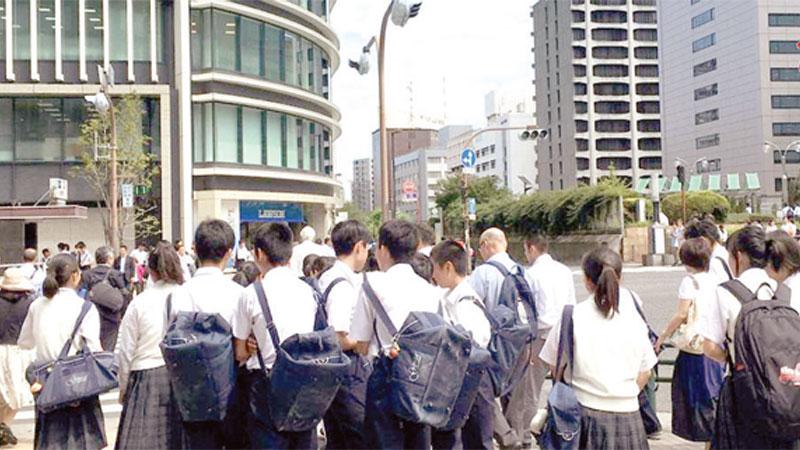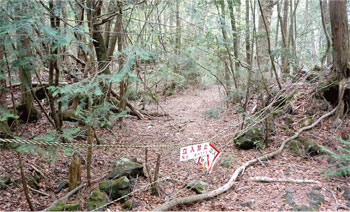
While it might be a difficult subject to broach in most casual conversations, the facts as they are paint a grim picture with regards to suicide. The statistic that one person dies of suicide every forty seconds sounds terrible enough on its own but this is not taking into account that for every person that ends up dying from suicide, there are twenty more who have attempted it. Be it that perhaps the world is just that much more bleaker than before or that maybe they are just being reported more often, it is clear that suicide is quite obviously a devastating problem that needs to be taken seriously; especially amongst youths ranging from 15 to 30, a demographic for which suicide is actually the second leading cause of death.
Suicide rates
When looking at the suicide rates by country, the rankings may seem to be quite consistently inconsistent with any regard to a pattern beyond more lax laws on euthanasia or doctor assisted suicides. However, while all nations are equally susceptible to high rates of suicide, how certain cultures look at suicide greatly affects the likelihood of it occurring.
This is quite clearly reflected in the available statistics, as while in Western cultures, suicide is forbidden and a sin, the East is a bit more accepting of it and as such, East Asian cultures have some of the highest suicide rates globally. Normally, views like this are quite antiquated, such as in India where widows burning themselves upon their husband’s funeral pyre was considered acceptable. But for a unique culture like Japan, suicide was not only permissive but glorified, like most infamously with their ritual Seppuku or Hara-kiri practices.
The disgraced were expected to atone by paying with their life and while the ritual itself has been left in the past, the concept of responsibility driven suicides, or Inseki Jisatsu has persisted to present day Japan. With time, what shape they took evolved, starting out as a ritual belly splitting, a spiritual atonement which, during World WarII, took the form of Kamikaze and Banzai tactics, which had soldiers and civilians being encouraged or brainwashed to actively throw their lives away for their country.
In modern times, that romanticising is gone but in its place is a severe depression along with an even greater desperation to support the whole as opposed to the individual, a vital aspect of Japanese society. In current society, especially after the ‘Lost Decade’ of the 90’s, Japan had suffered many devastating recessions that threw the entire nation into economic turmoil, consequences of which can be felt even today and the subsequent string of bankruptcies and unemployment forced the hands of many working class citizens.
In the event that a breadwinner failed to support their family, they would often take responsibility through life insurance payments from their suicide. Even those employed were forced to put in inhuman work hours, creating an outbreak of overwork related deaths.
Elderly suicides
Quite similarly, there is a great many number of elderly suicides. Japan, quite infamously, has a disproportionately high number of elderly living relative to the population. The financial difficulties created by their medical complications and living expenses often cause the elderly to commit suicide in order to avoid being a burden. The lack of support from the Government and the increasing number of elderly individuals facing social isolation pushed their age range into having the third highest suicide rate in the country.
This despondent future coupled with the savagely competitive job market of Japan has had historically fatal consequences on its youth, the most susceptible demographic to suicide. The expectations set on them by society quite often breaks students and those who do not take their own lives are likely to isolate themselves from the society that beat them down as hikikomori.
This is all in addition to the uniquely horrifying culture of bullying in Japan, which also lends itself quite well to exacerbating the quickly deteriorating mental wellbeing of students in Japan. This pervasive fact among all demographics in Japan has created a culture of suicide which has inspired a multitude of media works. It has become popular enough that certain suicide sites, like the Aokigahara Forest, has become well known even outside of Japan.
Ultimately, action is being taken to curb these quite clearly insane numbers, but it has been slow going as all these problems are so intrinsically linked to their culture. As a result of their efforts, suicide rates have been at an all-time low, though marginally and the ongoing pandemic had latched itself quite well to the situation, slowing down the light speed pace of Japanese society enough to give people a much-needed breather.
Though this might seem to be a uniquely Japanese problem, a lot of their individual characteristics which have lent themselves to cause such a crisis can be found all over the world and it might be prudent to pay more than a passing glance to avoid similar results.
